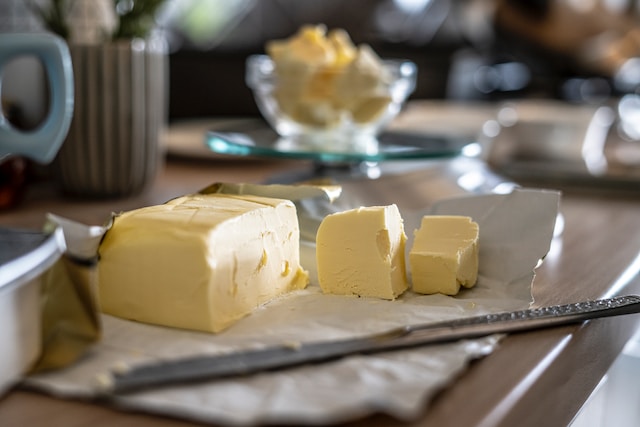
Butter is no ordinary dairy ingredient. It has remained a steadfast companion in the kitchen for centuries, adding richness and depth to countless culinary creations. With its creamy texture and delectable flavor, butter has effortlessly earned its place as a beloved essential in households around the world.
Derived from churned milk or cream, butter finds its origins shrouded in antiquity. The process of transforming liquid into a solid, using skillful techniques passed down through generations, gives rise to a substance that is as versatile as it is tantalizing. Whether it is spread lavishly on warm, crusty bread or lovingly folded into delicate pastry dough, butter lends itself to a myriad of delectable possibilities.
From the simple to the sublime, butter excels in a diverse range of culinary applications. It can be gently melted to create a sumptuous sauce, the perfect complement to a succulent piece of meat or a medley of crisp vegetables. It can be whipped, transforming into a velvety concoction that adorns cakes and cupcakes, elevating them to ethereal heights of decadence.
Butter’s significance extends beyond its role as a culinary staple. Throughout history, it has symbolized prosperity, indulgence, and celebration. Think of the butter sculptures gracefully adorning tables at grand banquets or the golden crusts of freshly baked pastries, promising satisfaction with every bite. It is a tangible representation of the immense pleasure that can be derived from the simplest of ingredients.
Yet, while butter is undeniably tantalizing, it is essential to appreciate its qualities with moderation and respect. Health-conscious minds may contest its caloric richness, but when savored in a balanced manner, butter transcends its mere calorific value. It becomes a vessel for soulful expression, a medium through which chefs and home cooks alike can impart their love and passion onto plates and palates.
Types of Butter
Butter is a staple in the world of culinary arts, and its numerous types offer unique flavors, textures, and applications. Understanding the distinctions between various types of butter is essential for creating a wide range of delicious dishes.
Unsalted Butter
Unsalted butter, often referred to as “sweet butter,” is a versatile and widely used type of butter in the kitchen. It is made solely from cream, and its lack of added salt makes it an excellent choice for baking, allowing the baker to control the salt content in recipes. Unsalted butter is preferred for making delicate pastries, cakes, and cookies where the precise balance of salt is critical.
Salted Butter
Salted butter contains salt, which adds flavor and acts as a natural preservative. It is typically used in both cooking and baking. The amount of salt varies between brands, so it’s essential to taste and adjust recipes when using salted butter. Salted butter is often preferred for spreading on bread or enhancing the flavor of savory dishes, like sautéed vegetables or mashed potatoes.
Clarified Butter (Ghee)
Clarified butter, also known as ghee in Indian cuisine, is made by simmering regular butter to remove the water content and separate the milk solids from the pure butterfat. The result is a golden, clear, and highly stable butter that has a rich, nutty flavor. Ghee is renowned for its high smoke point, making it ideal for sautéing, frying, and deep-frying. It is a staple in Indian cooking and is gaining popularity in various global cuisines.
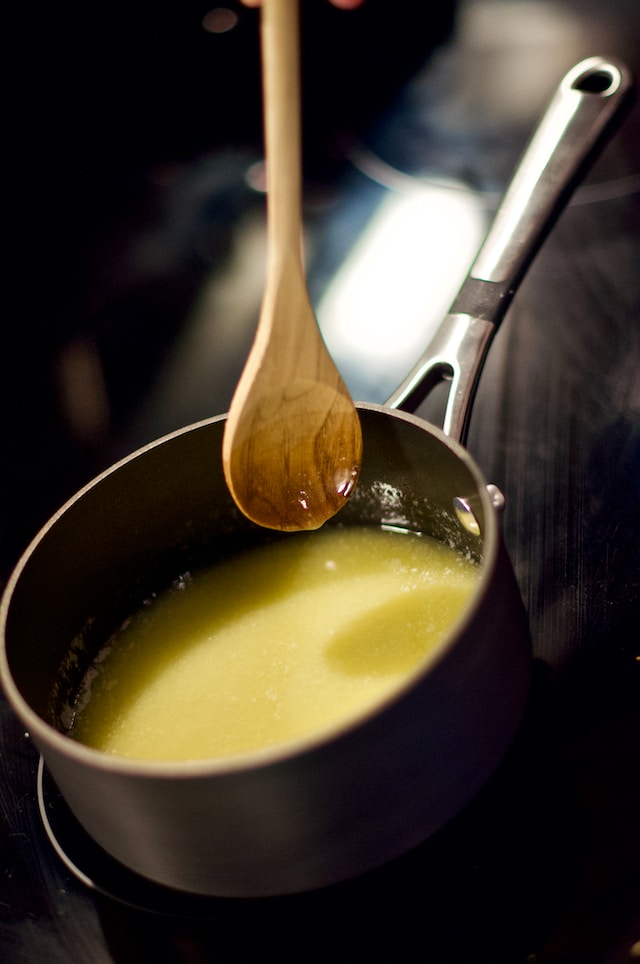
Cultured Butter
Cultured butter is made from cream that has been fermented with live bacterial cultures, similar to the process used to make yogurt or sour cream. This type of butter has a distinctive tangy flavor and a slightly firmer texture due to the fermentation. Cultured butter is favored for its complex taste, which makes it an excellent choice for spreading on bread or enhancing the flavor of dishes. It’s also used in baking, particularly in recipes where its unique taste is desired.
Flavored Butter (Compound Butter)
Flavored butter, also known as compound butter, is made by mixing butter with various ingredients such as herbs and spices, citrus zest, or garlic. The result is a butter with enhanced flavor, which can be used to season and garnish dishes. Compound butter is a creative and versatile ingredient, commonly used to top grilled meats, vegetables, or to add a burst of flavor to dishes like pasta or seafood.
Butter in Baking
Butter is a cornerstone of baking, contributing to the flavor, texture, and overall success of a wide range of baked goods. Its unique properties make it an indispensable ingredient for creating tender, moist, and flavorful treats.
Butter’s Role in Pastry and Pie Crust
- Flakiness and Tenderness: Butter, when incorporated into pastry or pie crust recipes, is responsible for creating a delicate, flaky texture. As the pastry bakes, the water content in the butter evaporates, creating steam that lifts the layers and results in that coveted flakiness.
- Rich Flavor: The buttery flavor is essential in pie crusts, enhancing the overall taste of both sweet and savory pies. It contributes to the golden, buttery aroma and taste of a well-made crust.
- Binding Agent: Butter also acts as a binding agent, holding the pastry or pie crust together. It prevents the ingredients from crumbling and aids in the formation of a cohesive dough.
Creaming Method in Cake Making

Butter is used in cake making to create aeration, which results in a light and tender crumb. When creamed with sugar, air is incorporated into the mixture, leading to a soft, fluffy texture in the final cake.
Butter contributes its rich, buttery taste to the cake, making it moist and flavorful. The fat content adds a luscious mouthfeel to the baked cake. Butter’s fat content helps retain moisture in cakes, preventing them from becoming dry or crumbly. This is especially important in butter cakes and pound cakes.
Butter in Cookies and Biscuits
- Texture and Flavor: Butter plays a crucial role in creating the texture and flavor of cookies and biscuits. The fat content contributes to the tenderness and richness that are characteristic of these baked goods.
- Leavening: In some cookie recipes, the creaming of butter with sugar serves as a leavening agent. As the cookies bake, the air incorporated during creaming expands, resulting in a softer, thicker cookie.
- Aroma: The aroma of butter is particularly noticeable in cookies and biscuits. It adds a signature scent that enhances the overall experience of enjoying these treats.
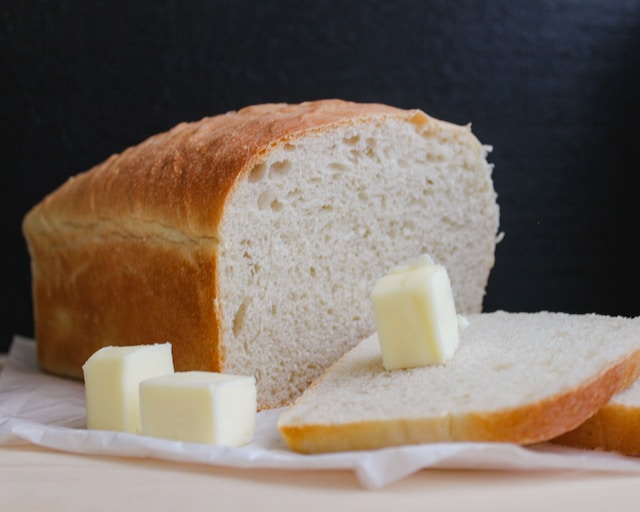
In baking, the type of butter used can influence the final result. Unsalted butter is often preferred to allow for precise control of salt content, especially in pastries and cakes where a delicate balance is critical. The choice of butter can elevate the flavor, texture, and overall quality of baked goods, making it a fundamental ingredient in the world of baking.
Butter in Savory Cooking
Butter is not limited to sweet treats; it plays a significant role in savory cooking, adding depth, richness, and flavor to a wide array of dishes.
Sauteing and Pan-Frying with Butter
Butter contributes a rich, buttery flavor that elevates the taste of savory dishes. It’s especially beneficial in sautéed dishes like mushrooms, onions, or vegetables, where its flavor complements the ingredients.
When used for pan-frying, butter aids in achieving a golden brown crust on proteins like chicken, fish, or steak. The Maillard reaction, which occurs when proteins interact with the butter’s sugars, adds depth and color to the dish. Butter is often used as a base for aromatic ingredients like garlic and shallots, enhancing the overall fragrance and taste of the dish.
Creating Flavorful Sauces with Butter
- Roux: In classic French cuisine, a roux, made by cooking equal parts of butter and flour, serves as the base for many sauces. Butter’s richness imparts a silky texture to the sauce, while the flour thickens it.
- Beurre Blanc and Beurre Noisette: These French sauces feature butter as a primary ingredient. Beurre blanc is a creamy, tangy sauce, while beurre noisette offers a nutty flavor. Both add complexity to dishes like fish and seafood.
- Hollandaise and Béarnaise Sauces: These famous sauces rely on the emulsification of egg yolks and butter. Hollandaise is known for its creamy, lemony taste and is a classic pairing with eggs Benedict, while béarnaise features the addition of herbs like tarragon and is often served with steak.
Butter in Meat and Seafood Preparations
Basting: Basting meat or fish with butter during cooking helps keep it moist and infuses the dish with a luscious buttery flavor. This technique is often used in cooking steaks, fish fillets, and poultry.
Pan Sauce: After searing meat or seafood, a pan sauce can be made by deglazing the pan with wine or broth and incorporating butter. This adds a velvety finish to the dish.
Garlic and Herb Butter: Combining butter with garlic and fresh herbs creates a compound butter that can be used to flavor grilled steaks, roasted poultry, or seafood.
Butter in French Cuisine
French cuisine is renowned for its reliance on butter as a foundational ingredient. Butter is not merely a cooking fat but a star player in numerous classic French dishes. In this section, we’ll explore the pivotal role of butter in French culinary traditions and how it contributes to the richness, flavor, and texture of iconic French recipes.
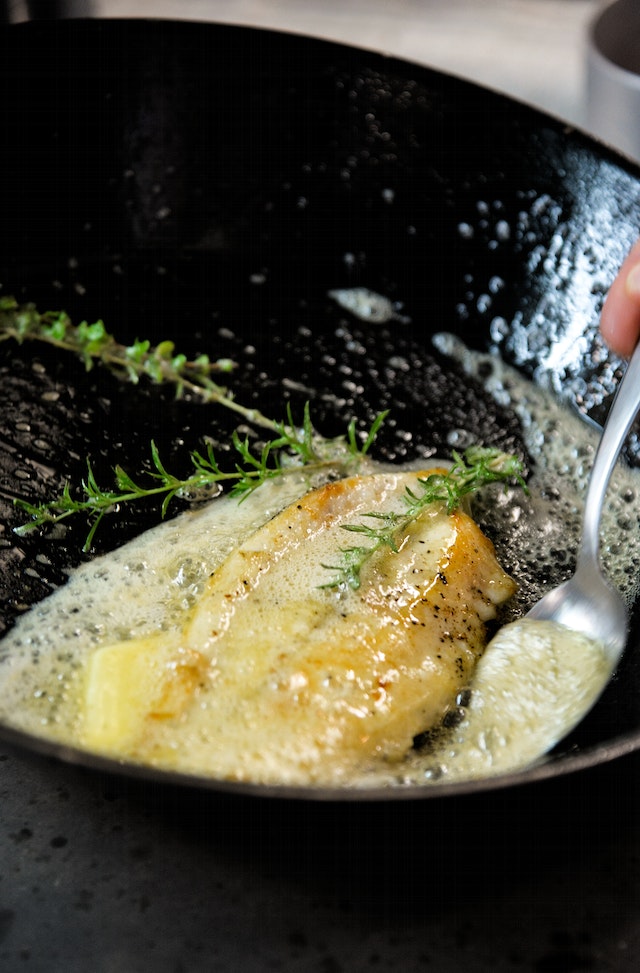
Beurre Blanc: Beurre blanc, translated as “white butter,” is a luxurious French sauce made by emulsifying butter into a reduction of white wine, vinegar, and shallots. The result is a velvety, slightly tangy sauce with a rich, buttery finish. Beurre blanc is often paired with delicate fish and seafood, providing a harmonious contrast to the mild flavors of these ingredients.
Beurre Noisette: Beurre noisette, or “brown butter,” is achieved by heating butter until the milk solids turn golden brown, releasing a nutty aroma and flavor. This transformation adds depth and complexity to dishes. Beurre noisette is commonly used in both sweet and savory preparations, such as drizzled over vegetables or incorporated into pastries.
Hollandaise Sauce: Hollandaise is one of the “mother sauces” in French cuisine. It’s a luscious emulsion of egg yolks, butter, and lemon juice, resulting in a creamy and tangy sauce. It is a classic accompaniment for eggs Benedict and asparagus, enhancing their flavors with its luxurious texture and bright, lemony notes.
Béarnaise Sauce: Béarnaise is a derivative of hollandaise, enriched with fresh tarragon, shallots, and white wine or vinegar. This sauce is a staple with grilled meats, particularly steak. The combination of buttery richness and herbal notes elevates the flavor of the meat.
Butter’s Role in Classic French Pastries
- Puff Pastry: Puff pastry, a cornerstone of French pastry-making, relies on layers of butter to create its signature flaky texture. The labor-intensive process of folding and rolling butter into the dough results in delicate, buttery layers that rise to perfection when baked.
- Croissants and Danishes: Iconic French pastries like croissants and danishes are celebrated for their buttery, golden exteriors and tender, layered interiors. The use of butter in laminated dough is essential to achieve these delectable textures.
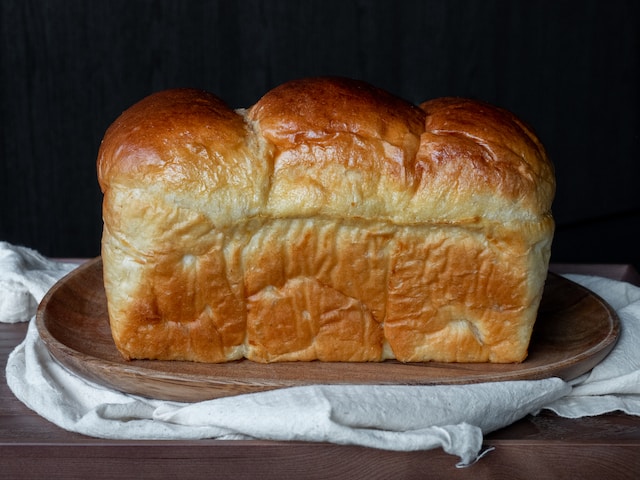
Brioche: Brioche, a sweet, enriched bread, incorporates generous amounts of butter, creating a tender crumb and a rich, slightly sweet flavor. It is a staple in French breakfasts and desserts.
Butter Substitutes and Alternatives
While butter is a beloved ingredient in cooking and baking, there are situations where you might need to explore alternatives. Whether you’re looking to reduce saturated fats, accommodate dietary restrictions, or experiment with different flavors, there are several butter substitutes and alternatives available.
Plant-Based Butter Substitutes
Margarine: Margarine is a popular plant-based butter substitute made from vegetable oils. It often contains less saturated fat than butter, making it a heart-healthy option. Look for margarine labeled as “non-hydrogenated” for a more natural choice. It can be used in both cooking and baking, but keep in mind that the water content can affect certain recipes.
Coconut Oil: Coconut oil is another versatile substitute, especially in vegan and dairy-free recipes. It has a unique tropical flavor and solidifies at cooler temperatures, making it suitable for pie crusts and no-bake desserts. Coconut oil can add a subtle coconut taste to your dishes.
Olive Oil: Extra virgin olive oil is an excellent option for savory dishes. It offers a robust flavor and heart-healthy monounsaturated fats. It can be used in sautéing, roasting, and as a drizzle over vegetables and pasta. However, be mindful of the strong flavor, which may not be suitable for all recipes.
Nut and Seed Butters: Nut and seed butters, such as almond, cashew, or sunflower seed butter, can be used in baking and cooking. They add a distinct nutty flavor and are excellent for those with nut allergies. Nut and seed butters can also enhance the flavor of cookies and sauces.
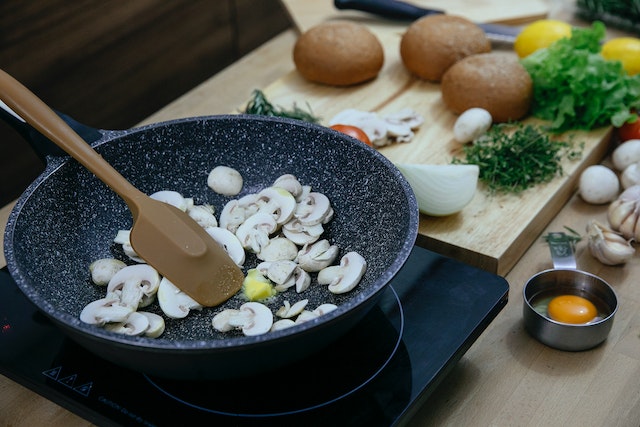
Reducing Butter in Recipes for Health Considerations
Applesauce: Unsweetened applesauce is a popular choice for reducing or replacing butter in baking. It adds moisture to recipes, making it ideal for muffins, quick breads, and cakes. Keep in mind that it works best in recipes where a subtle apple flavor complements the dish.
Greek Yogurt: Greek yogurt is a nutritious alternative that can be used to reduce the amount of butter in recipes. It provides moisture and a slight tang, making it suitable for recipes like pancakes, waffles, and creamy sauces.
Avocado: Mashed avocado can serve as a butter substitute in recipes where the creamy texture and subtle avocado flavor are complementary. It’s often used in brownie and chocolate cake recipes, providing healthy fats and a rich, moist texture.
Pumpkin Puree: Pumpkin puree is a flavorful and nutritious option, particularly in autumn-inspired recipes. It can replace butter in muffins, quick breads, and other baked goods, adding moisture and a mild pumpkin taste.
When substituting butter with alternatives, it’s important to consider the specific properties of the substitute and how they align with the desired outcome of your recipe. Experimentation and adjustments may be necessary to achieve the best results. Whether for health reasons, dietary preferences, or culinary exploration, the availability of butter substitutes and alternatives allows for diverse and delicious cooking and baking experiences.
